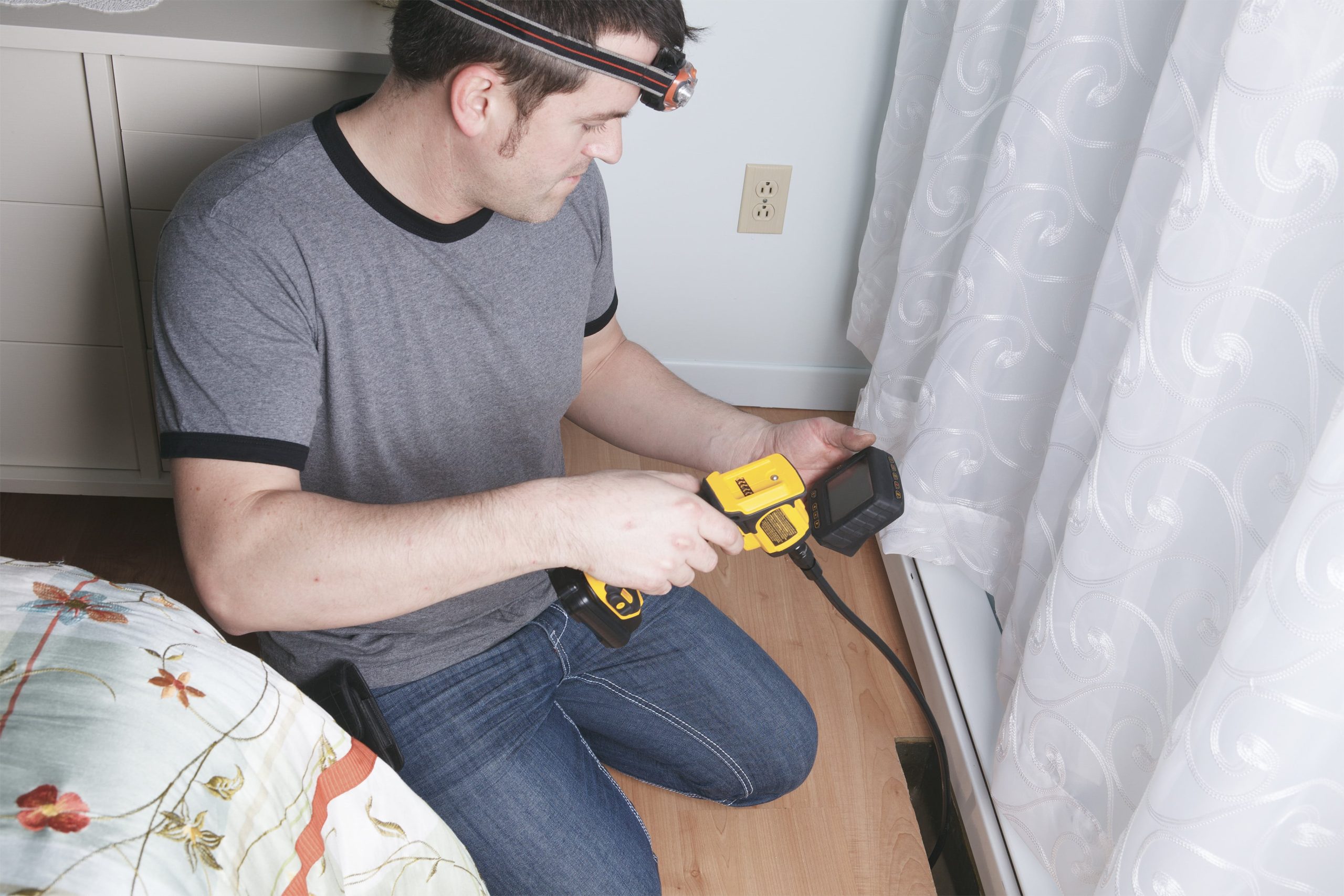
Indoor Air Quality Considerations for Homebuyers
When you’re shopping for a new home, there are so many factors to consider that it can get kind of daunting. But with a family home being the biggest investment many people make, it’s worth sweating the details.
One factor that’s very important but frequently overlooked is indoor air quality. After all, the average American spends 90% of their time indoors, so the quality of the air in your home—the place where you sleep every night—can make a big difference for your health and comfort.
So when it comes to indoor air quality, here are a few things you should take into consideration as you shop for your next home
See Also: New Home? Get To Know Your HVAC
Radon Testing Could Save You Money…and Your Life
Here in the Tennessee Valley, arguably the most important indoor air quality issue we face is radon. Radon is an odorless, colorless, radioactive gas that comes up from the ground. Because of the geology of our region, radon is very common here.
In fact, almost every county in North Alabama, including Madison County, has been designated as being at the Highest Potential for elevated radon levels by the US EPA. In fact, studies by the Alabama Department of Public Health have found that approximately 35% of homes in Madison County have dangerous levels of radon.
Long-term exposure to elevated radon levels greatly increases your risk of developing lung cancer. According to the EPA, radon exposure leads to approximately 21,000 cases of lung cancer every year.
Because radon is so deadly and because it can be expensive to mitigate, it’s important to have radon testing done before purchasing a home. That way, even if you still want to buy the home regardless of the results, you can factor the cost of mitigation into your investment.
See Also: Extreme Drought and Radon Gas
Major Roads Mean Major Pollution
Another indoor air quality issue you’ll want to take into consideration is the proximity of major roads. How close is the home to the nearest four-lane or larger highway?
Proximity to major roads matters because the traffic on those roads produces high levels of pollution. Research has found that major roadways can have significant effects on the indoor air quality of buildings up to 600 feet away.
Pollutants commonly found in near-roadway areas include carbon monoxide, particulate matter created by combustion, ozone, and volatile organic compounds such as benzene. According to the EPA, research has shown that living, working, or going to school near a major roadway is associated with higher rates and severity of health problems associated with air pollution.
These issues include cardiovascular disease and reduced lung function, along with the development of asthma and the worsening of asthma symptoms. And the effects are generally worse on infants and young children. In fact, proximity to major roads has been linked to increased incidences of childhood leukemia.
As with radon, you may decide that you still want to purchase a home near a major highway but take steps to mitigate the pollution. A whole-home air purifier with a high-MERV filter can help to remove particulates from the air. Again, that’s a cost to consider as part of the purchase of the home.
See Also: Improving Indoor Air Quality At School
Humidity and Mold
Mold is another major indoor air contaminant that you’ll want to watch out for when buying a home. And mold generally goes hand-in-hand with humidity and dampness.
According to the CDC, mold spores in your home’s air can cause a wide range of health symptoms, including congestion, coughing, wheezing, sore throat, increased asthma symptoms, and even lung infections.
Having a home inspected for mold can be an added expense, but it could save you a lot of money and health issues in the long run. A simple first step is to test the humidity in the home. If it’s above the recommended 30-50%, or if you see any signs of dampness, water damage, or mold growth, then you should definitely consider getting a mold inspection.
If mold is found, it should be remediated by a licensed, professional service. To prevent future problems, you’ll need to rectify the cause of the high humidity or dampness. You may want to consider the installation of a whole-home dehumidifier, and again, include that in your purchase cost.
See Also: How Does Humidity Effect Your Indoor Comfort?
New Build Doesn’t Always Mean Clean Air
Newly-built homes often have different indoor air quality issues than older homes. With new homes, one of the major problems is lack of ventilation. Today’s building standards emphasize efficiency, which is great for saving you money on your utility bills. But it means that newer homes are generally sealed up tight, letting in very little fresh air.
This lack of ventilation can cause air pollutants to build up inside of newer homes. For instance, a lot of new flooring and building materials can emit volatile organic compounds, or VOCs. These gases can cause unpleasant symptoms including respiratory irritation.
If you’re considering a newly-built, high-efficiency home, find out if it has a ventilation system to bring in fresh air. If not, you may want to consider the cost of adding one.
See Also: Aprilaire: For Cleaner Indoor Air All Year Long
Conclusion
No home is perfect, but for the sake of your health and your wallet, it’s important to take indoor air quality into account when shopping for a new home. That way you can be aware of potential problems and the cost of fixing them before you sign on the dotted line.
See Also: Contact us


